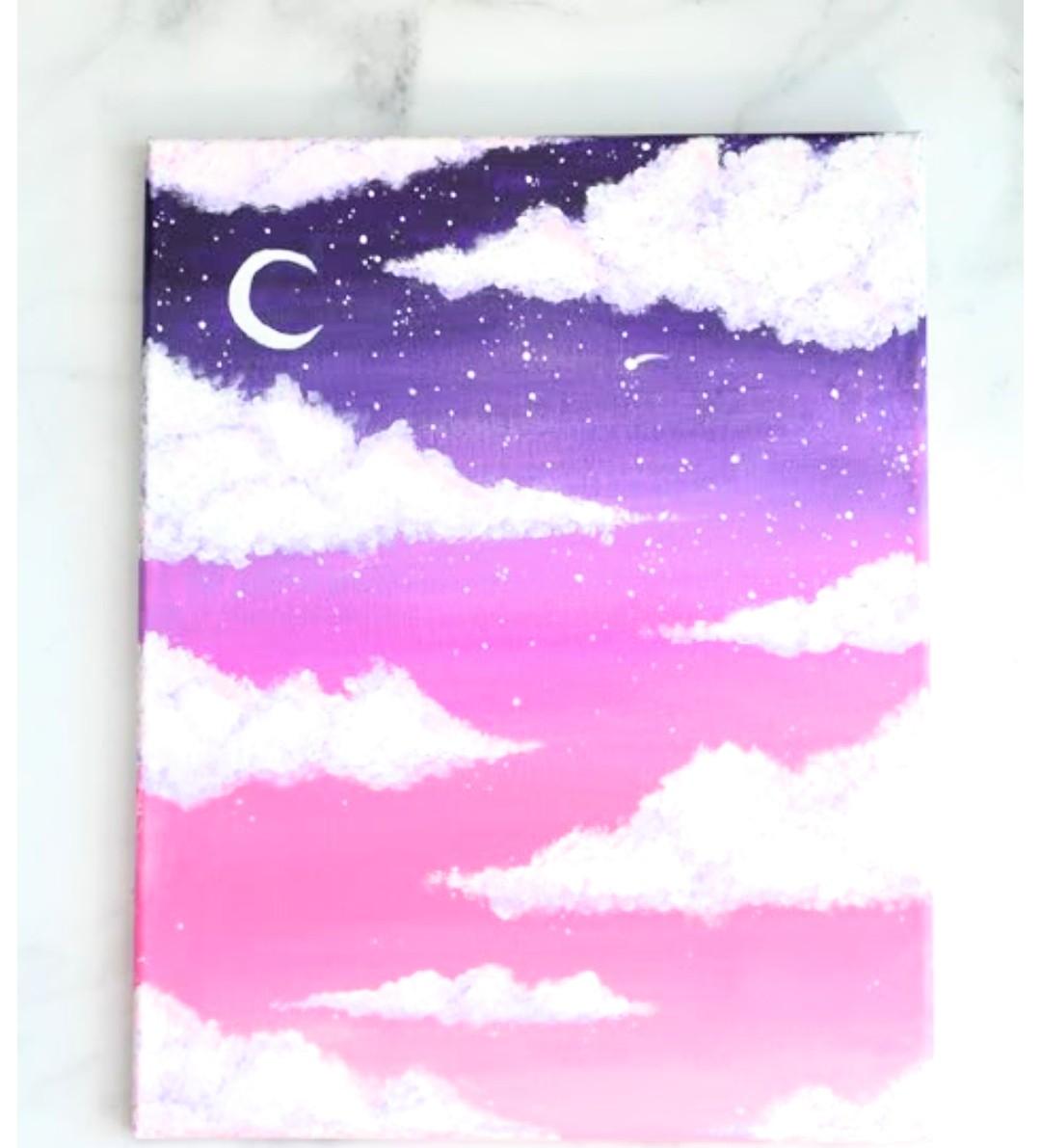Art is a fundamental human endeavor, encompassing a vast array of forms like painting, music, dance, and literature, that expresses individual and collective perspectives on the world. It acts as a powerful tool for communication, reflecting the culture and values of a society while also serving as a catalyst for social change and a means of personal expression and emotional release. Art enriches life by offering inspiration, fostering empathy, and challenging norms, demonstrating its profound and multifaceted impact on individual and societal well-being.
The dual role of art: reflection and catalyst
Mirror of society: Art acts as a mirror, capturing the essence of a society's culture, beliefs, and values at a specific time. Through diverse forms, artists translate their understanding of the world, often using the unique cultural "language" of symbolism to convey messages. For example, Indian art showcases the country's diverse cultural tapestry through various forms and traditions passed down through generations.
Catalyst for change: Beyond reflection, art can actively shape society by challenging norms and advocating for social justice. Artists use their work to highlight injustice and spark conversations, mobilizing communities to take action. This can be seen in protest poetry, political satire, and visual activism, which have the power to ignite movements for positive change.
Art as personal expression and emotional release
An outlet for feelings: Art is a deeply personal experience, allowing individuals to express their views and feelings when words alone may fall short. It provides a way to communicate complex emotions without direct confrontation, helping to process feelings and find solace.
A form of escape and self-discovery: The quote, "Art is the only way to run away without leaving home," highlights how engaging with art can be a form of escape from daily stresses. Listening to music, dancing, or drawing can be a way to find relaxation and a deeper sense of self.
A path to self-reflection: Art encourages individuals to look inward, to explore their innermost thoughts and feelings. By engaging with artistic expression, people can find inspiration, develop self-reflection, and find solace.
The interplay between art and other fields
Art and literature: The relationship between art and literature is a prime example of how creative fields influence each other. Literary works inspire visual arts like paintings and sculptures, while poetry can inspire music and dance, creating a richer, more interconnected cultural experience.
Art and science: While often contrasted as subjective versus objective, art and science are deeply intertwined and can inform one another. Science relies on a collective effort to find objective truths, whereas art is often seen as individual expression. However, the two fields can inspire each other, as seen in the increasing use of digital media that blends personal expression with scientific advancement, or in the use of scientific illustration to create visually compelling figures for research.
The future of art in a changing world
Challenges and opportunities: The rise of technology presents both challenges and opportunities for art. While tools like generative AI offer new ways to create, they also raise questions about accuracy and authenticity, particularly in scientific contexts where the integrity of information is paramount.
The enduring human element: In a world increasingly saturated with AI-generated content, the human element in art—whether it's the "I" in individual expression or the "we" in collective creation—remains vital. The role of human creativity and the human experience in art is essential for navigating contemporary challenges and enriching our lives.

